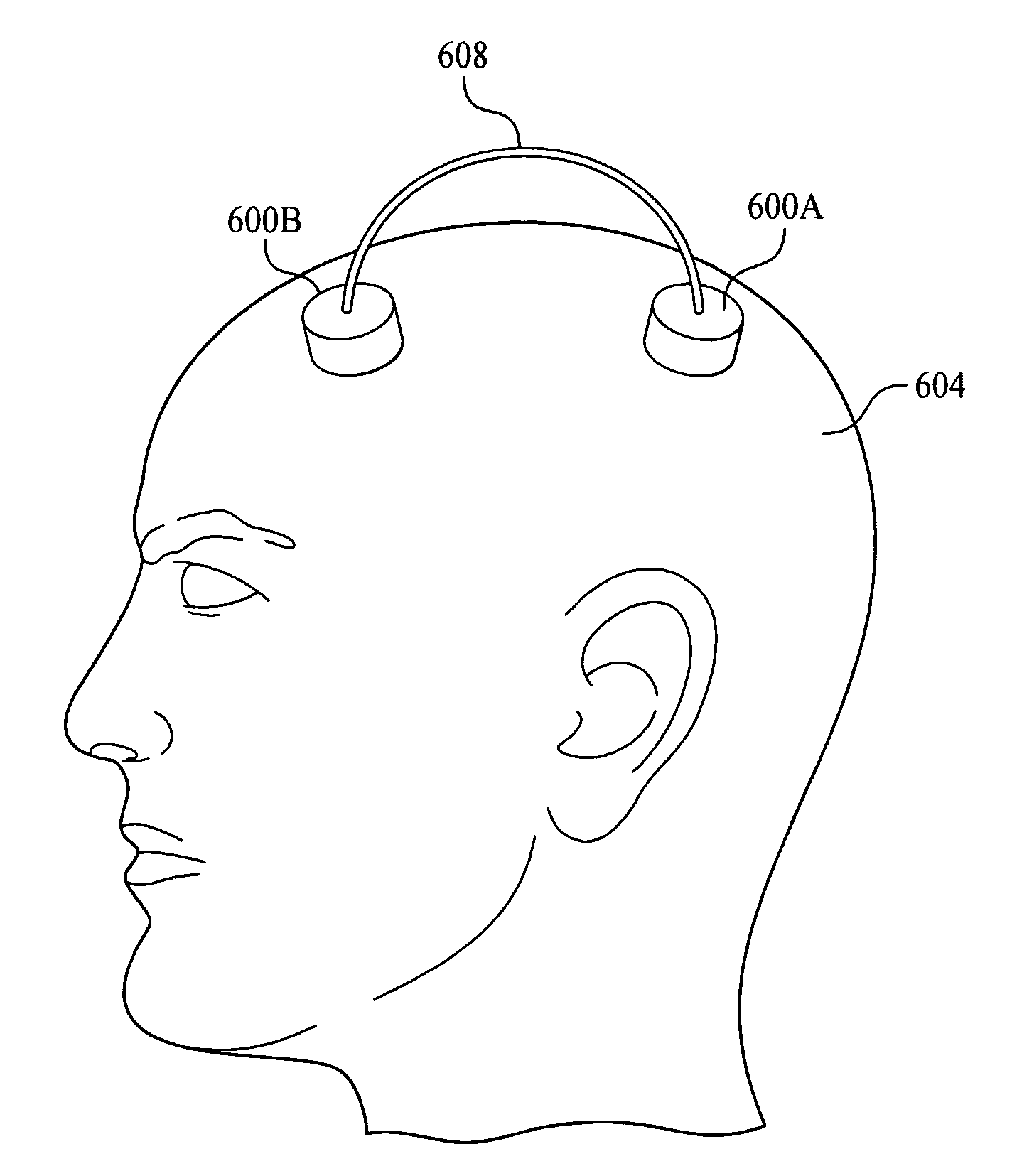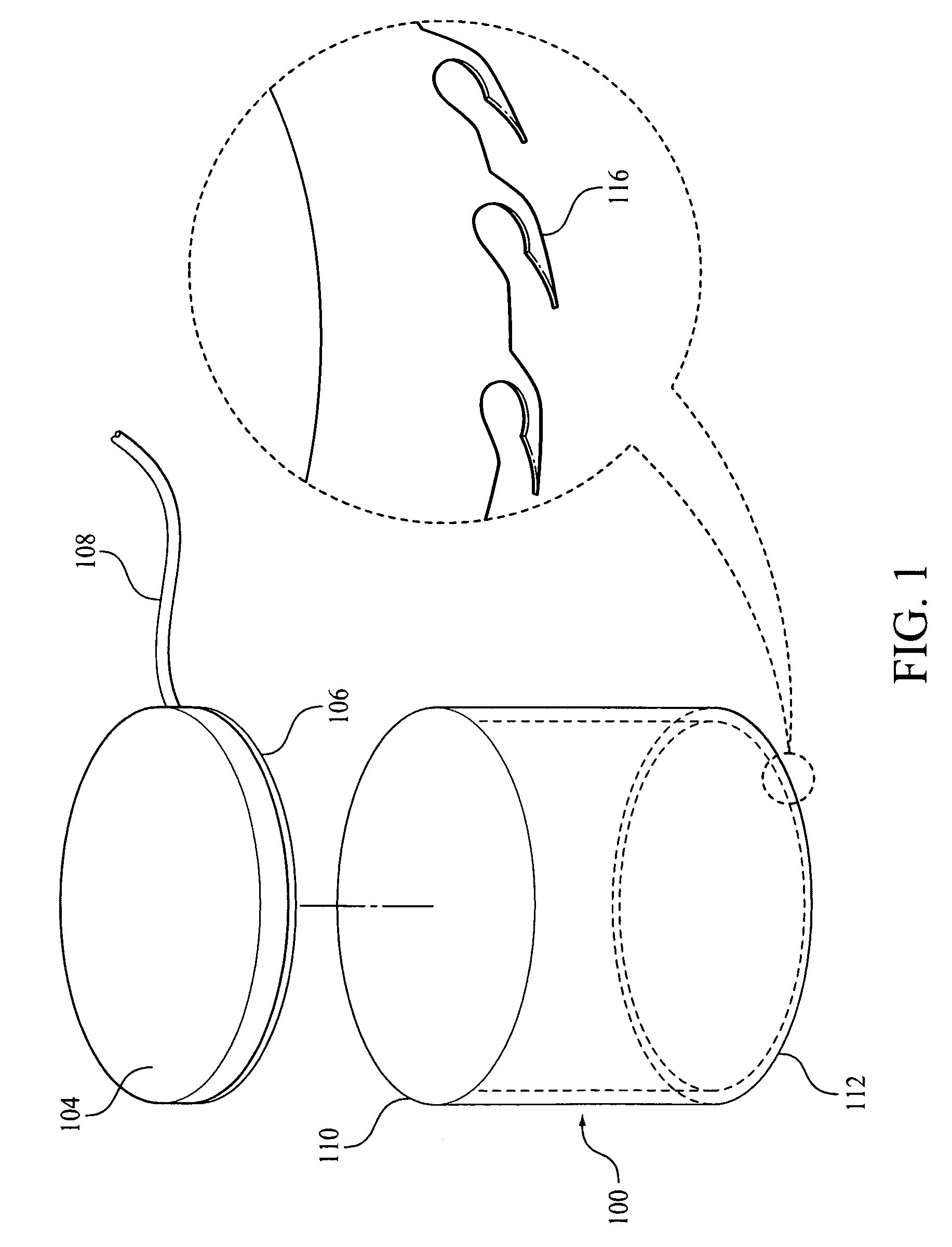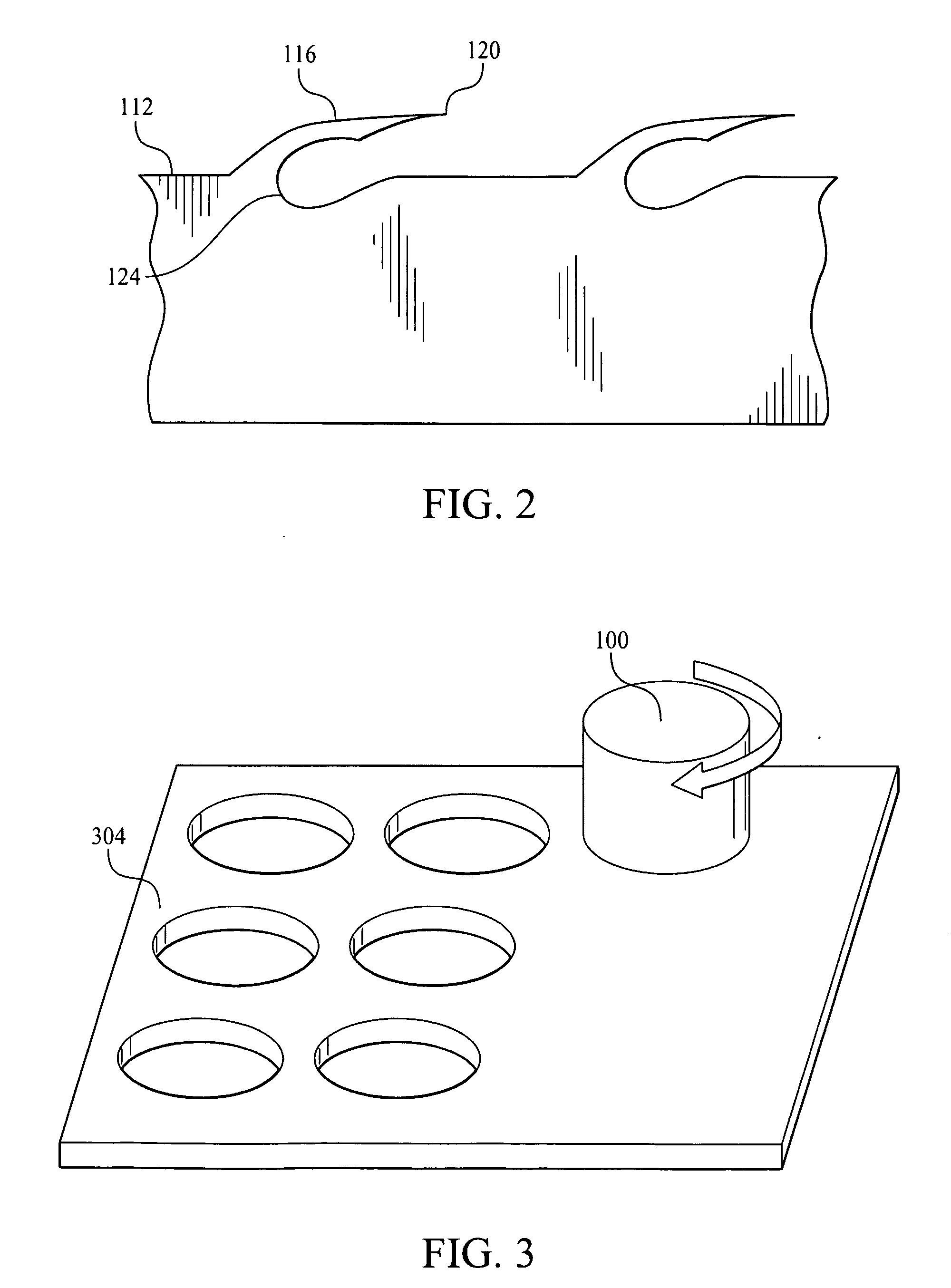Skin screw electrode
a screw electrode and skin technology, applied in the field of electrodes, can solve the problems of hair on the skin, hinder the ability of the electrode to adhere to the patient, and long process, and achieve the effect of simple, effective, low-cost, and easy and stably attached to the skin
- Summary
- Abstract
- Description
- Claims
- Application Information
AI Technical Summary
Benefits of technology
Problems solved by technology
Method used
Image
Examples
Embodiment Construction
[0025]It is to be understood that the figures and descriptions of the present invention have been simplified to illustrate elements that are relevant for a clear understanding of the invention, while eliminating, for purposes of clarity, other elements that may be well known. The detailed description will be provided hereinbelow with reference to the attached drawings.
[0026]The present invention provides electrodes that may be quickly and stably attached to a patient. The electrodes of the present invention do not require any pre-treatment of the skin to be applied and as such represent a significant improvement over the prior art. In addition, the electrodes of the present invention may be applied to hairy skin (e.g., scalp) of a patient. Insofar as the present invention may have general applicability, as used herein, “patient” refers to both human and animal subjects who either have a medical condition or are healthy. The electrodes of the present invention provide superior physic...
PUM
 Login to View More
Login to View More Abstract
Description
Claims
Application Information
 Login to View More
Login to View More - R&D
- Intellectual Property
- Life Sciences
- Materials
- Tech Scout
- Unparalleled Data Quality
- Higher Quality Content
- 60% Fewer Hallucinations
Browse by: Latest US Patents, China's latest patents, Technical Efficacy Thesaurus, Application Domain, Technology Topic, Popular Technical Reports.
© 2025 PatSnap. All rights reserved.Legal|Privacy policy|Modern Slavery Act Transparency Statement|Sitemap|About US| Contact US: help@patsnap.com



